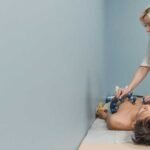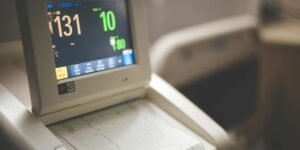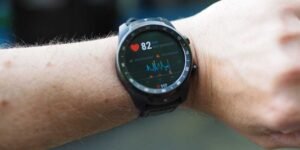
Cardiac Arrest – Symptoms, Causes, First Aid
What is cardiac arrest?
Sudden cardiac arrest (also known as cardiac arrest, asystole) refers to a situation in which the heart suddenly stops beating. At this time, various organs of the body, including the brain and heart, will gradually lose function due to lack of oxygen. Necrosis, if immediate medical assistance is not obtained, the patient’s mortality rate is extremely high, which is the so-called sudden cardiac death (Sudden cardiac death).
Causes of cardiac arrest
Talking about the main reasons for cardiac arrest, we must first understand the principle of heart beating. The beating of the human heart requires electric current sent through the sinoatrial node (SA node) along the conduction path to stimulate myocardial contraction. When the conduction of electric current is interfered with or blocked, the heartbeat may be too fast, too slow, or irregular, which is the well-known arrhythmia, and this is the main cause of cardiac arrest.
Generally speaking, one type of cardiac arrhythmia, ventricular fibrillation, is responsible for most cardiac arrests. When ventricular fibrillation occurs, the heart will vibrate at a high frequency and irregularly, making it impossible for blood to be pumped out through the heart. If not treated within a few minutes, the patient is likely to die.
Generally speaking, people with heart disease are at a higher risk of cardiac arrest, but even the average person without cardiovascular disease can suffer a cardiac arrest. Listed below are conditions or symptoms that may cause cardiac arrest:
- Coronary heart disease (also known as ischemic heart disease)
- Myocardial infarction
- Cardiomegaly
- Valvular heart disease
- Congenital heart disease
- Long QT syndrome
Many of you may have heard of myocardial infarction, which is an acute symptom of heart disease but is different from an arrhythmia. In the “moment” of a myocardial infarction, the heart usually continues to beat, but the blood flow to the heart is hindered because the coronary arteries are blocked. However, having said that, myocardial infarction may leave scar tissue in the heart muscle, affecting the heart’s electrical conduction, leading to cardiac arrest. Because myocardial infarction is closely related to coronary heart disease, coronary heart disease has become the main cause of cardiac arrest in adults.
Symptoms of cardiac arrest
Before a cardiac arrest occurs, you may experience symptoms such as chest discomfort or pain, difficulty or rapid breathing, weakness, and heart palpitations, but many cardiac arrests occur suddenly and without any warning. When a cardiac arrest occurs, you may have the following symptoms:
- Faint
- No pulse
- No breathing
- Loss of consciousness

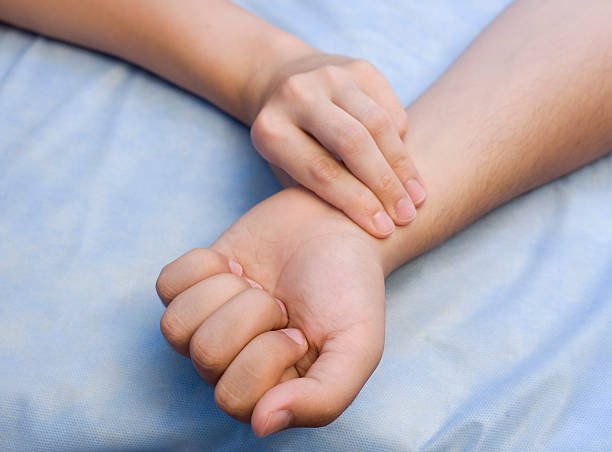

If you have the following symptoms, call 999 for emergency medical assistance:
- Chest pain or feeling uncomfortable
- Palpitations
- Stridor
- Difficulty or rapid breathing
- Feeling about to faint
- Dizziness
- Heartbeat becomes fast or irregular
Risk factors for cardiac arrest
Since coronary heart disease is a high-risk disease that causes cardiac arrest, the risk factors that cause coronary heart disease are also similar to those of cardiac arrest. The risk factors for cardiac arrest are listed below:
- History or family history of heart disease (e.g., irregular heartbeat, congenital heart defects)
- History or family history of cardiac arrest
- Obstructive sleep apnea
- Smoking
- Srug
- Alcoholism
- Hypertension
- High cholesterol
- Nutritional imbalances (eg: hypokalemia and hypomagnesemia)
- Diabetes
- Obesity
- Sitting for long periods of time (Did you know? Sitting for long periods of time is the root of all diseases)
- Old age
- Male
Diagnostic Methods of Cardiac Arrest
Because cardiac arrest is difficult to detect in advance through diagnosis, the diagnostic methods discussed here are mainly used for diagnosis after the patient has recovered from cardiac arrest, rather than at the moment of cardiac arrest.
Through the following examinations, the cause of the patient’s cardiac arrest can be understood so that treatment can be arranged or relevant measures can be taken to avoid recurrence of cardiac arrest.
- Blood test
- Electrocardiography (ECG or EKG for short)
- Chest X-ray
- Echocardiography
- Exercise electrocardiogram (Stress test)
- Nuclear medicine examination (Nuclear scan, also known as myocardial perfusion scan)
- Cardiac magnetic resonance imaging (MRI)
- Cardiac catheterization
- Cardiac electrical physiology study (Electrophysiology Study)
First aid for cardiac arrest
The heart that has stopped needs to be restarted as soon as possible to avoid damage to various organs in the body due to lack of oxygen, or even death. First aid in the event of cardiac arrest mainly relies on the following methods:
- Perform cardiopulmonary resuscitation (CPR)
- Use an automated external defibrillator (AED)
If you see someone suddenly passing out and losing consciousness outdoors, please call 119 for an ambulance immediately and perform CPR or use a nearby AED for first aid until the ambulance arrives.
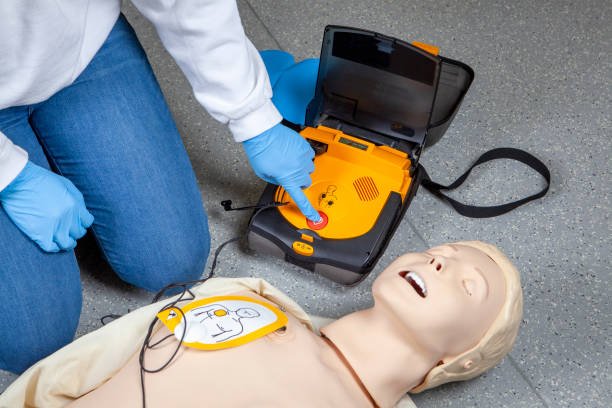
Cardiac Arrest Treatment
Just because a cardiac arrest patient receives first aid does not mean that they will be fine. The doctor may perform tests to find out why the patient’s heart has stopped. For example, if the cause is coronary heart disease, surgery may be needed to remove a blockage in the coronary arteries. Here is a list of possible treatments for cardiac arrest:
- Antiarrhythmic drugs (one of the commonly used drugs for heart disease: beta blockers)
- Implantable cardioverter-defibrillator (ICD)
- Percutaneous coronary intervention (PCI)
- Coronary artery bypass graft (CABG)
- Radiofrequency catheter ablation (RFCA)
Cardiac Arrest Prevention Methods
Depending on the individual’s physical condition, the focus needed to prevent cardiac arrest will vary.
If you’ve ever had a cardiac arrest, you may need an ICD. This device detects your heartbeat, and if it detects an abnormal or dangerous heart rhythm, it will send an electric shock to help the heart return its beating frequency to normal.
High-risk groups for cardiac arrest
Although some people have not yet experienced cardiac arrest, they need special attention because they have heart disease or other factors that increase the risk of cardiac arrest.
If you have heart disease, please return for regular check-ups, follow the prescriptions or courses of treatment prescribed by your doctor, and do not stop taking medication or visiting for follow-up visits on your own. If heart disease is well controlled, the chance of cardiac arrest is also reduced.
High-risk groups for non-cardiac arrest
Just because you don’t have heart disease doesn’t mean you can rest assured. Many people don’t know they have heart disease until they have their first myocardial infarction.
We already know that the main cause of cardiac arrest is arrhythmia, and coronary heart disease is a common cause of cardiac arrest. Therefore, changing your lifestyle to avoid heart disease is one of the keys to avoiding the threat of cardiac arrest. Here are 6 prevention methods:
- Periodic inspection
- Take blood pressure
- Quit smoking
- Avoid alcohol
- Maintain standard weight
- Healthy diet
- Regular exercise


